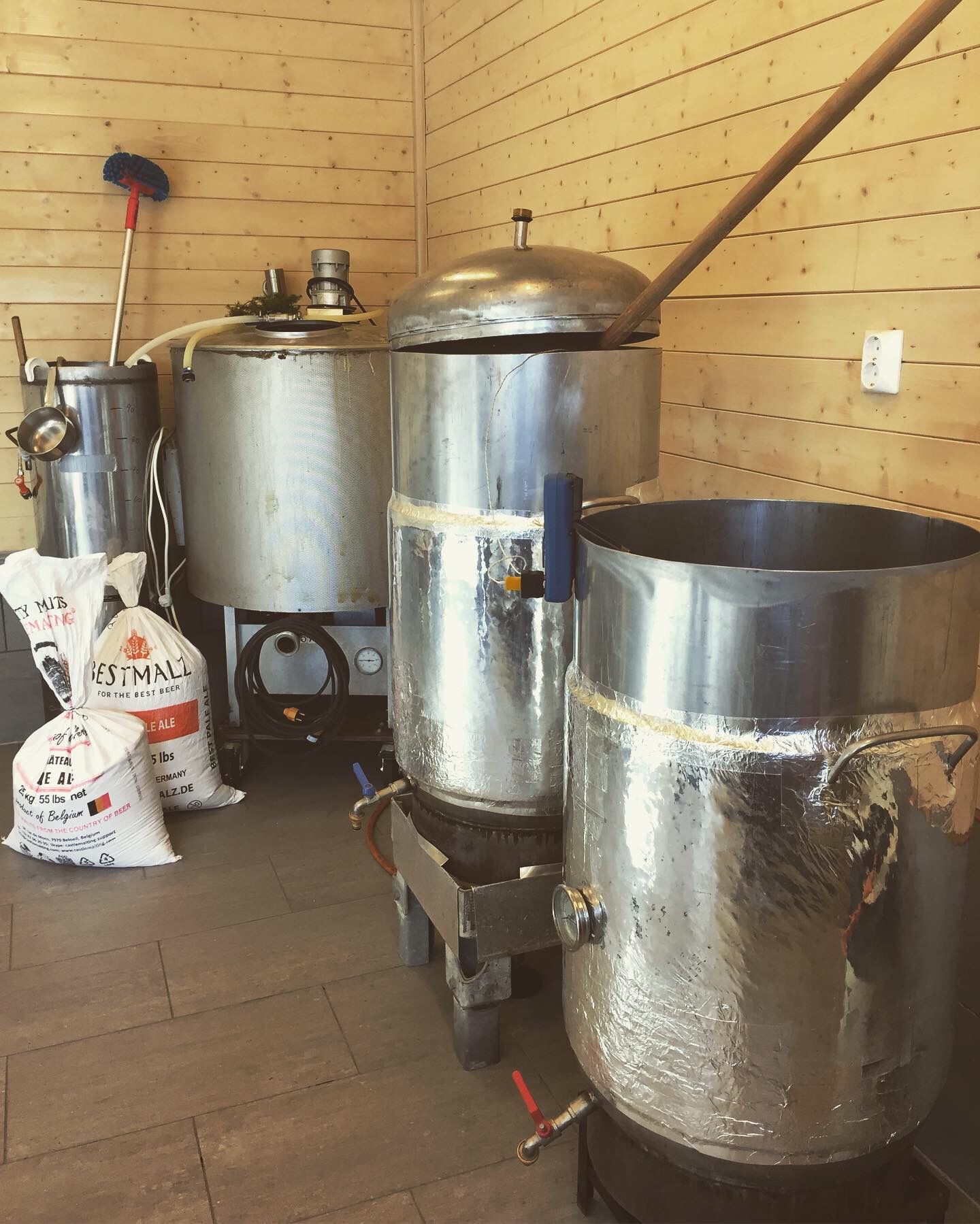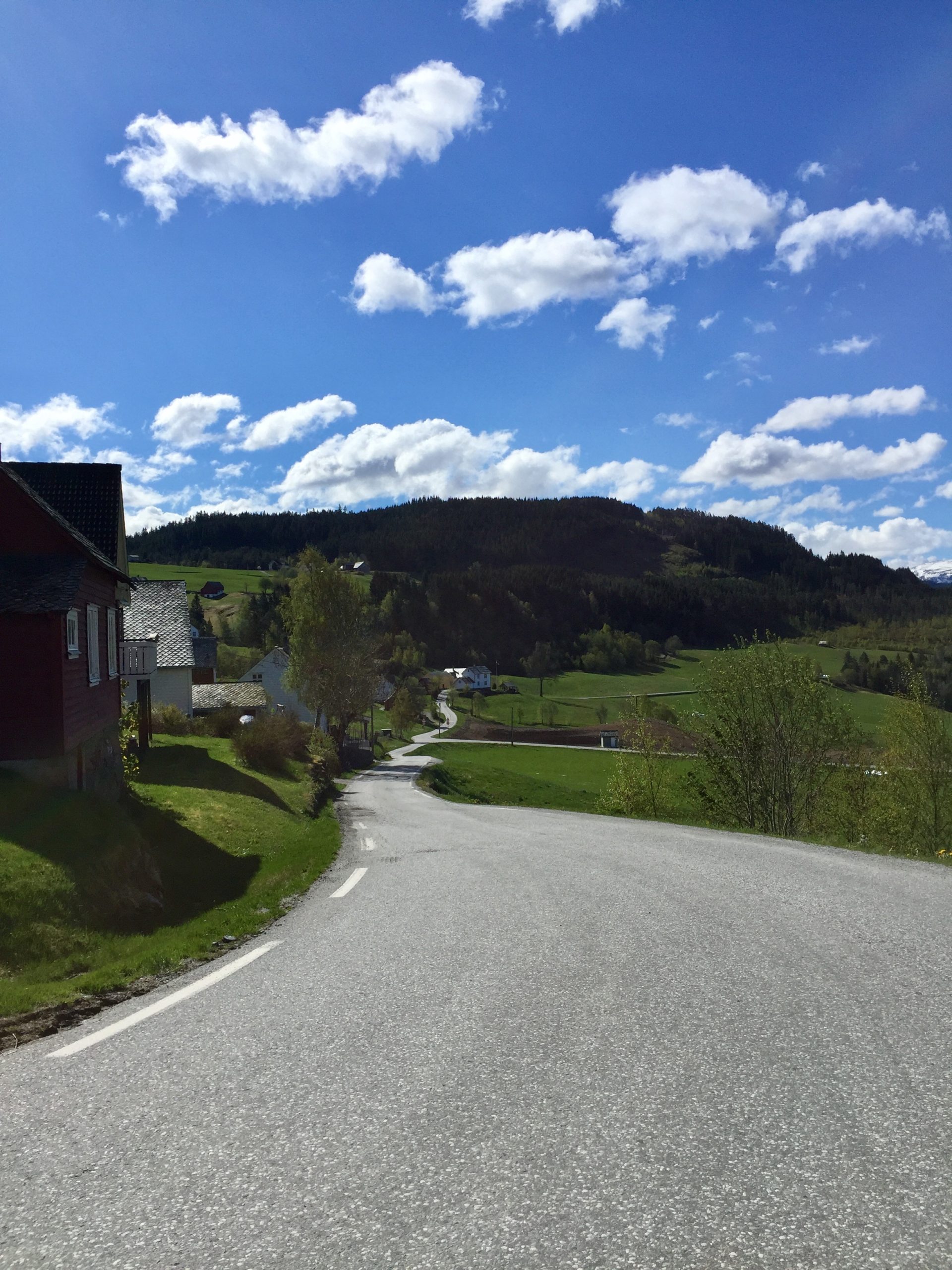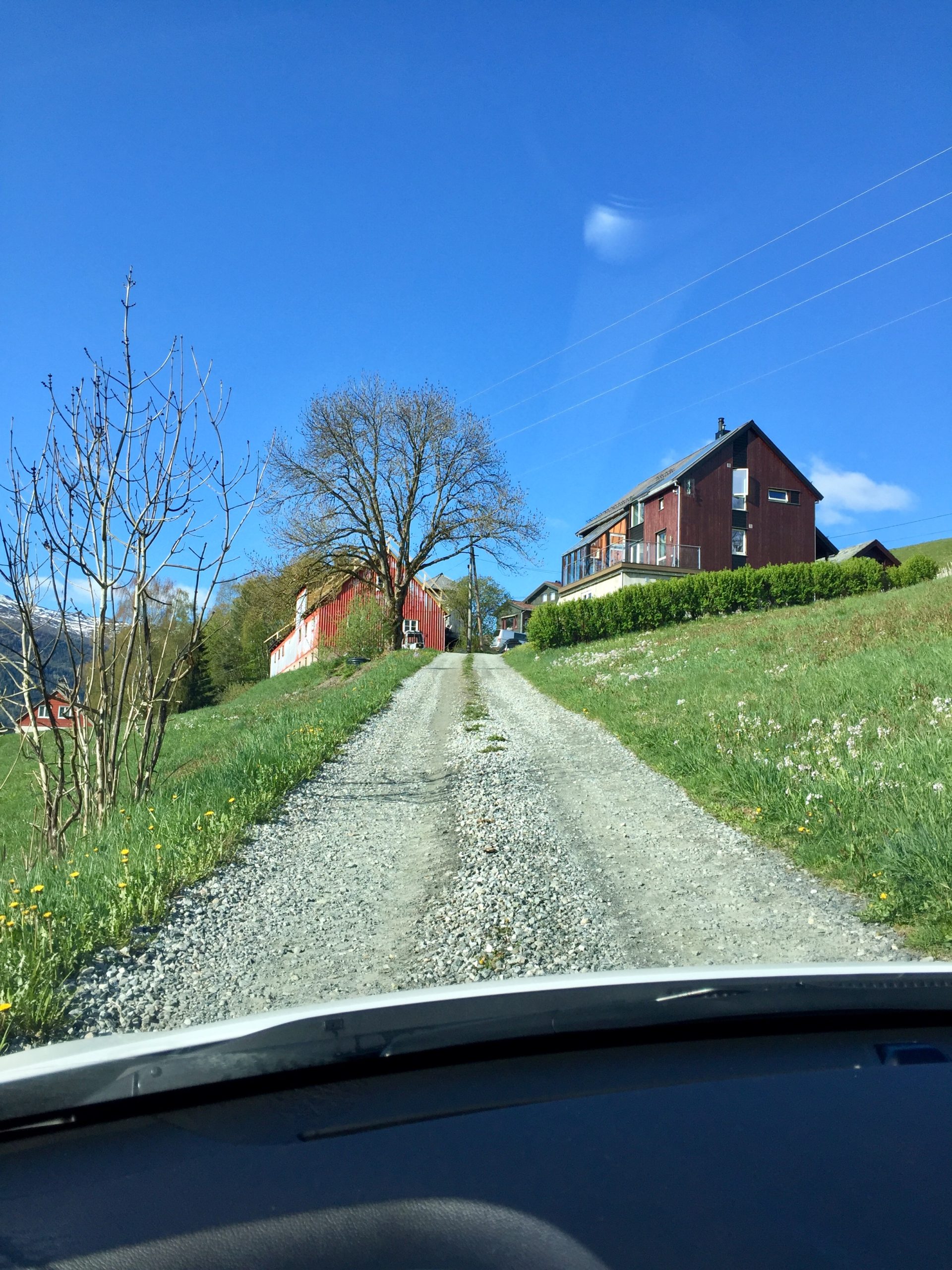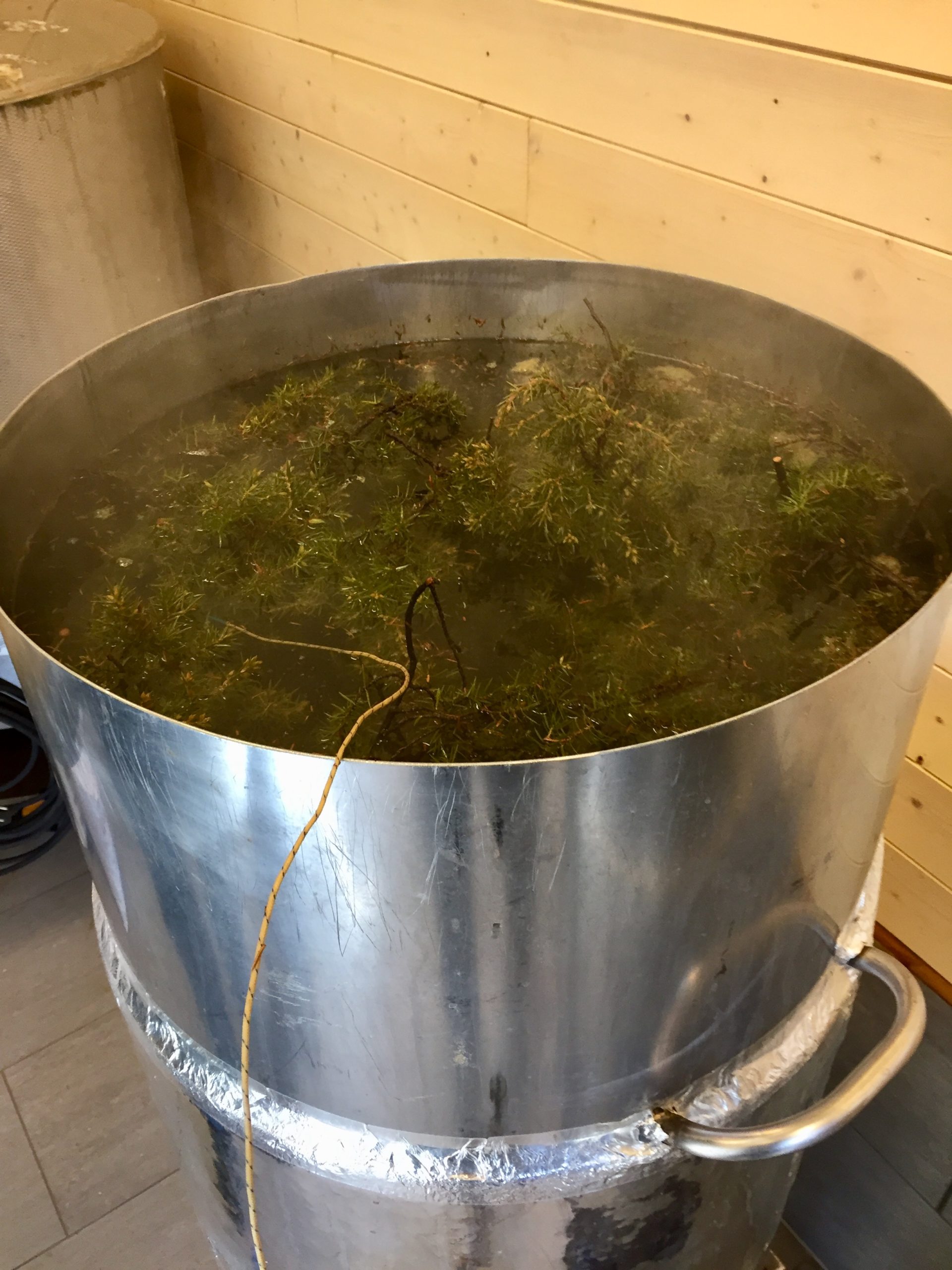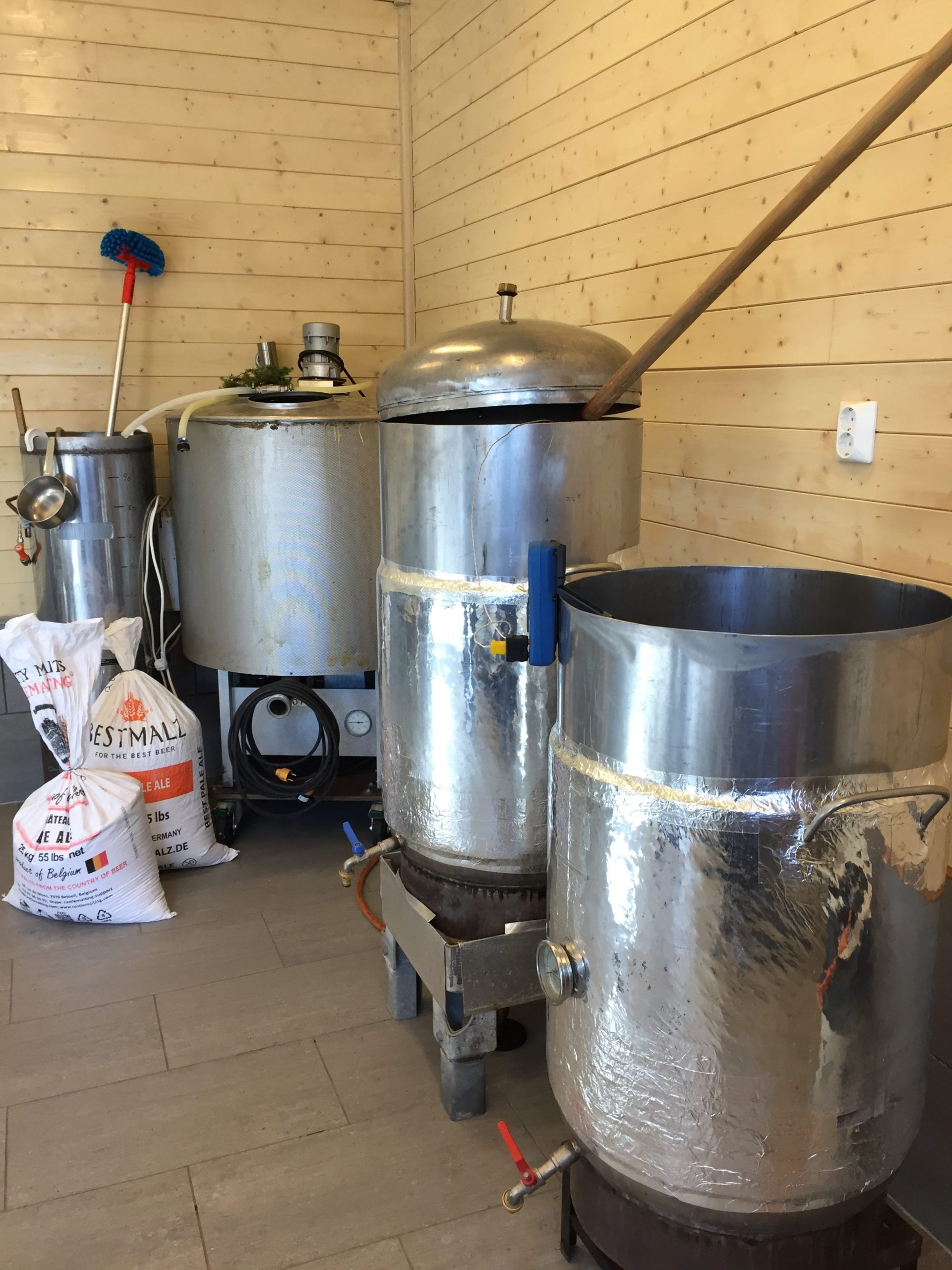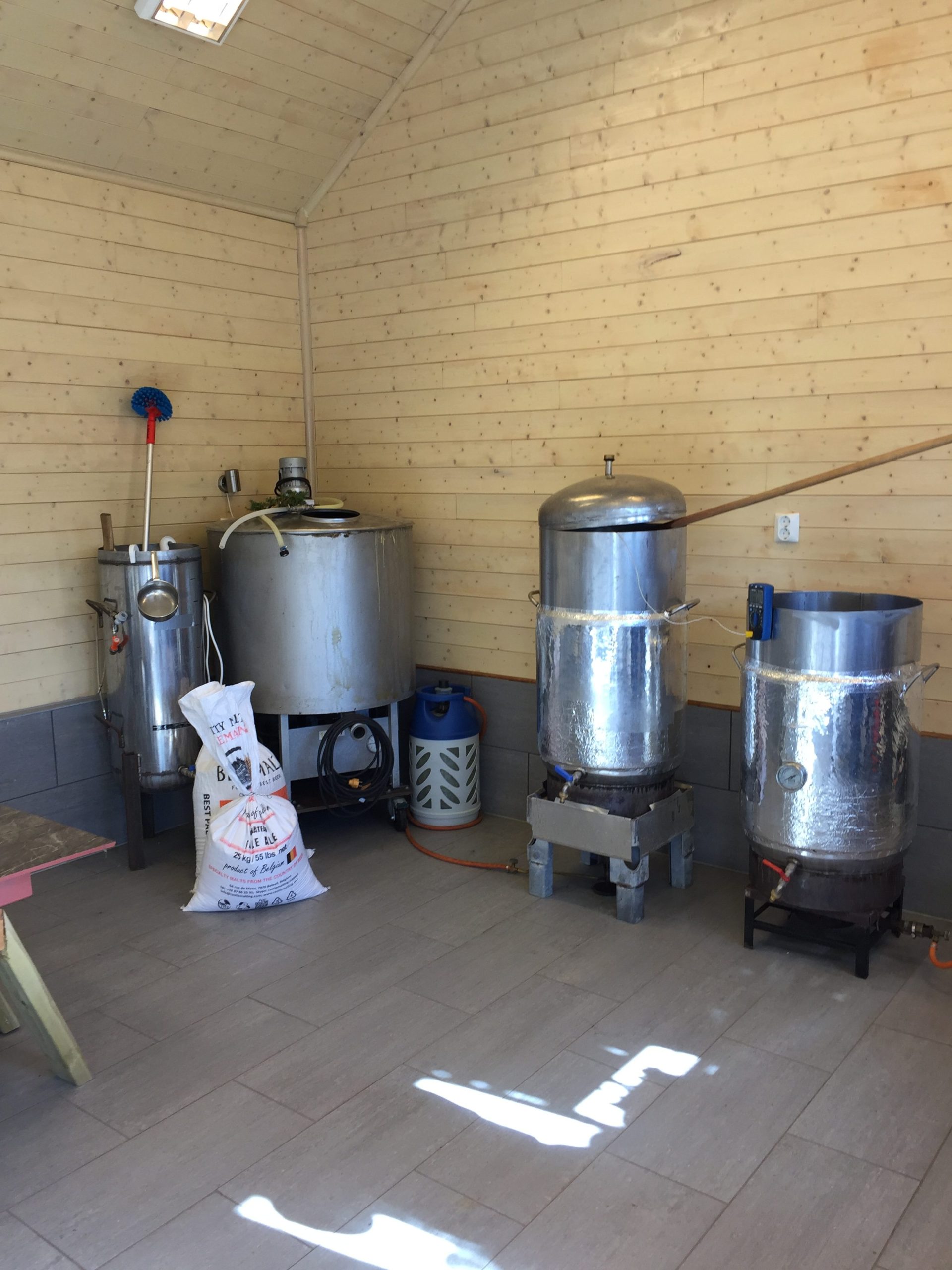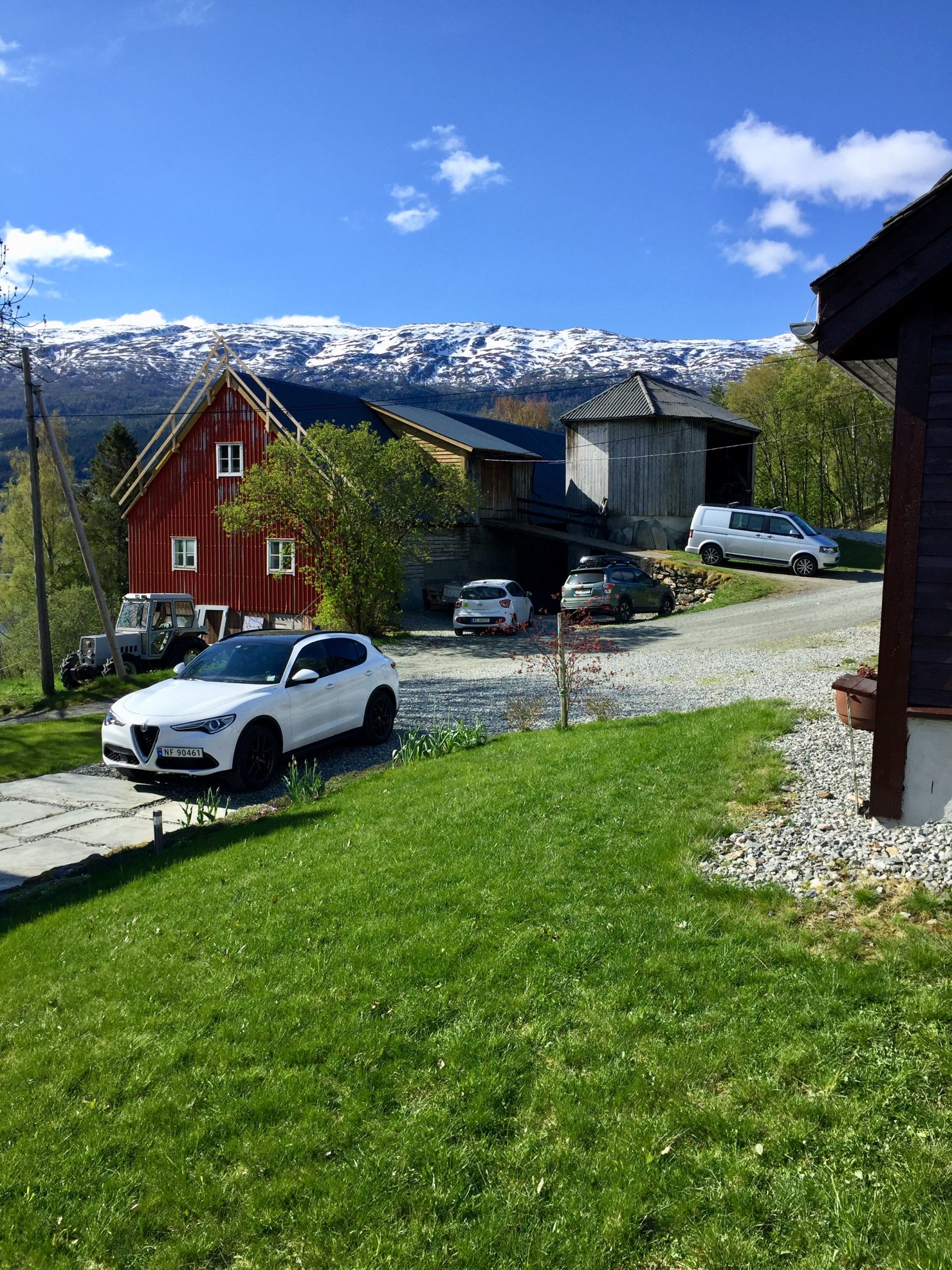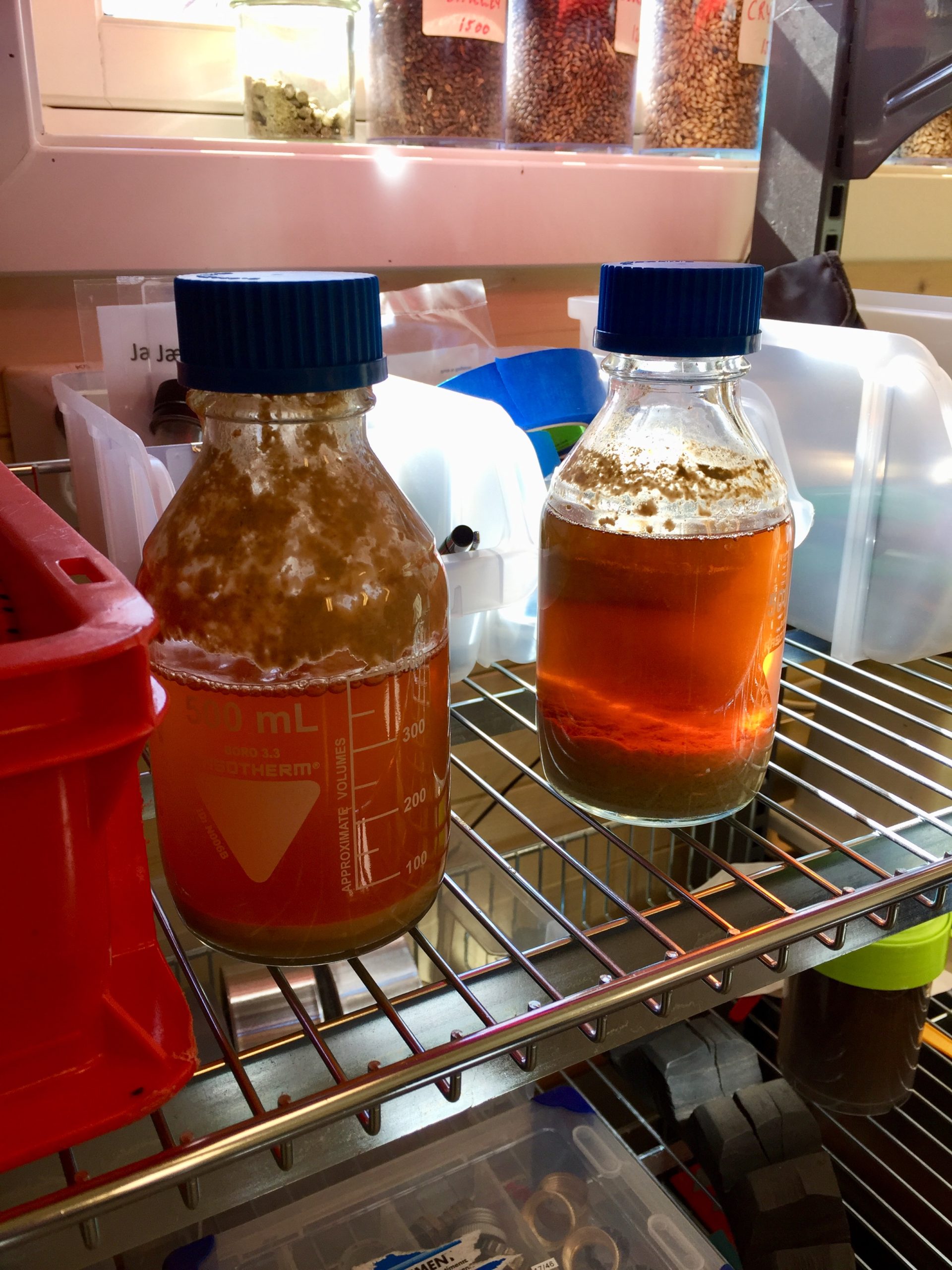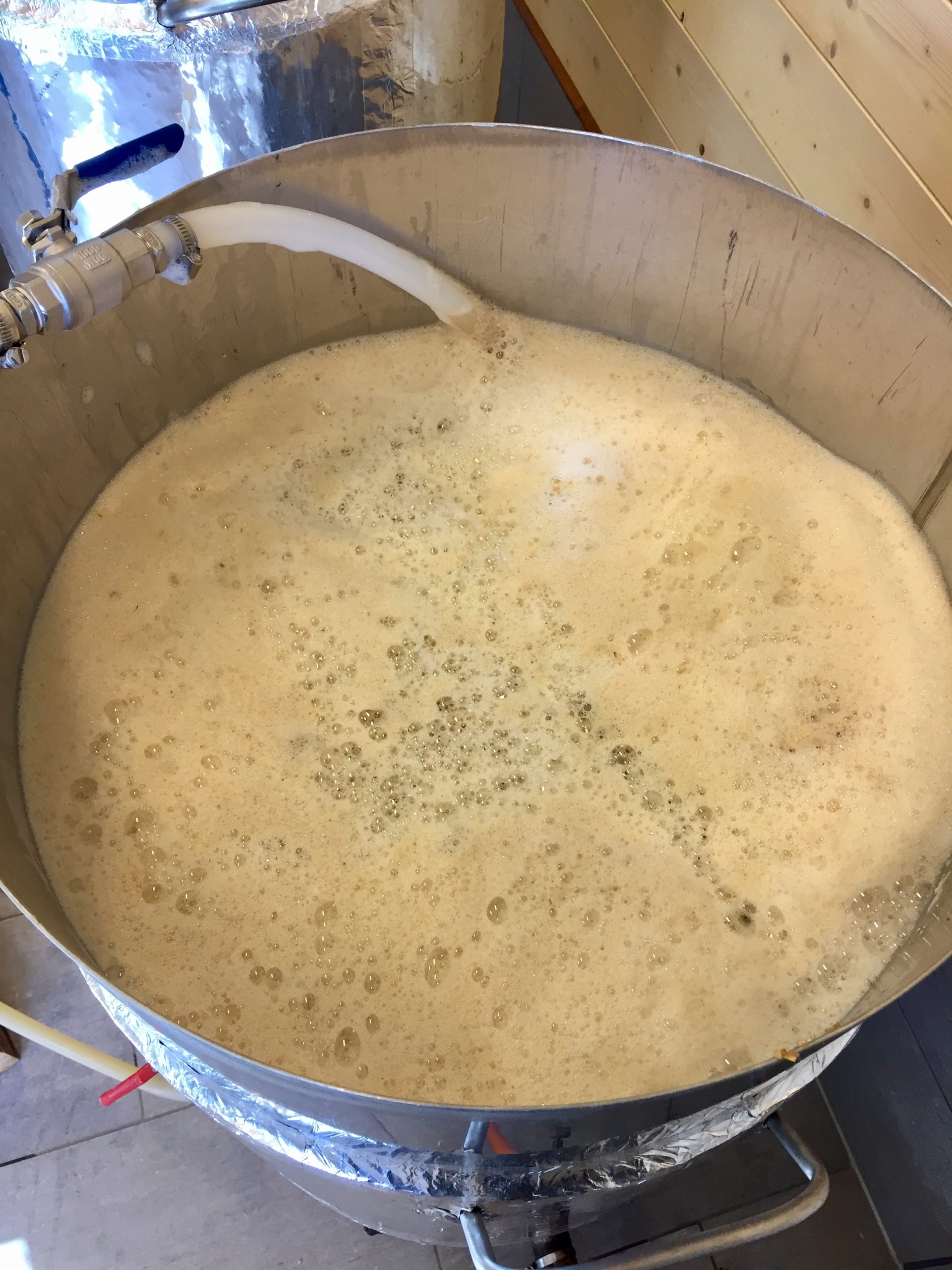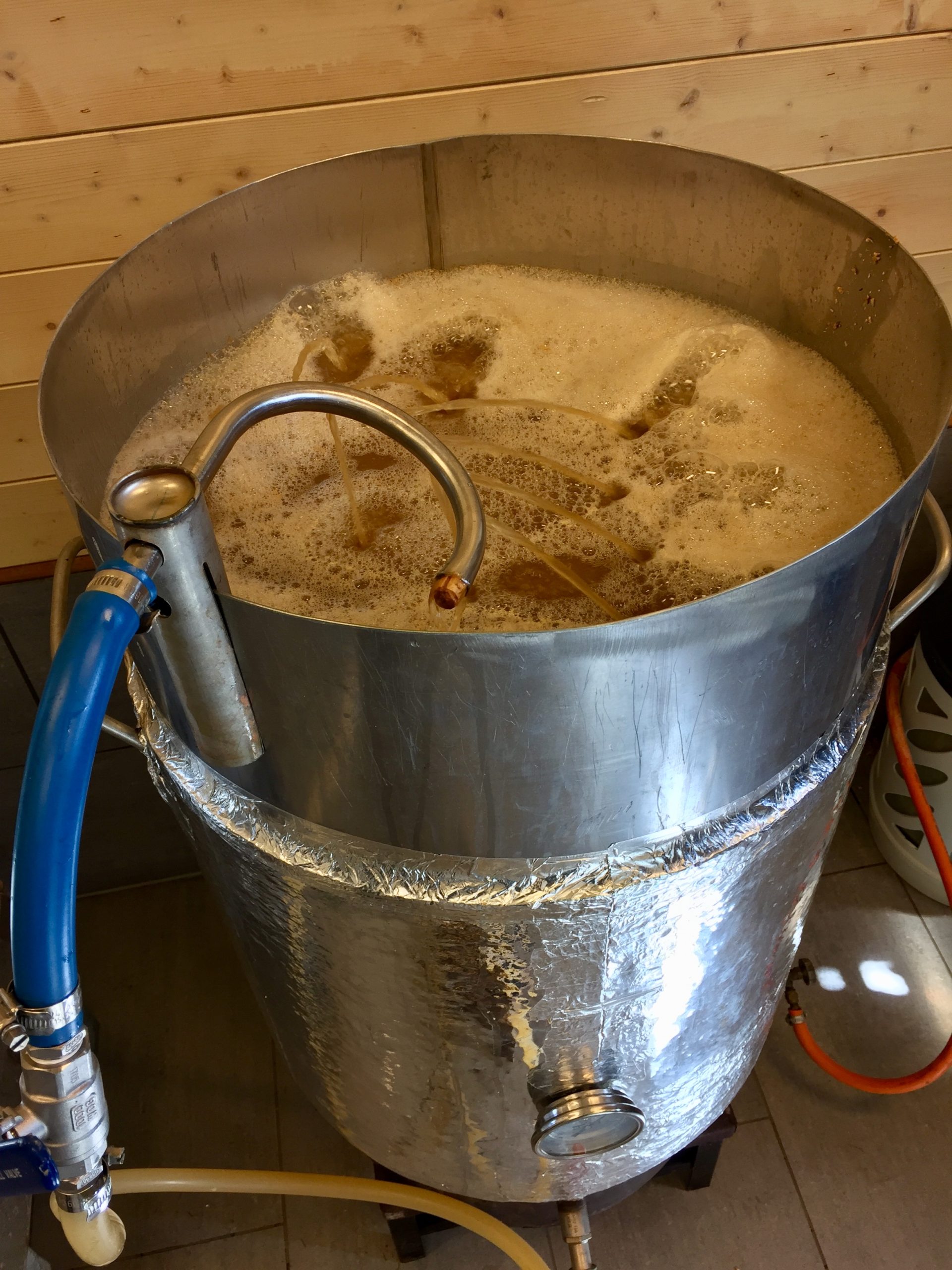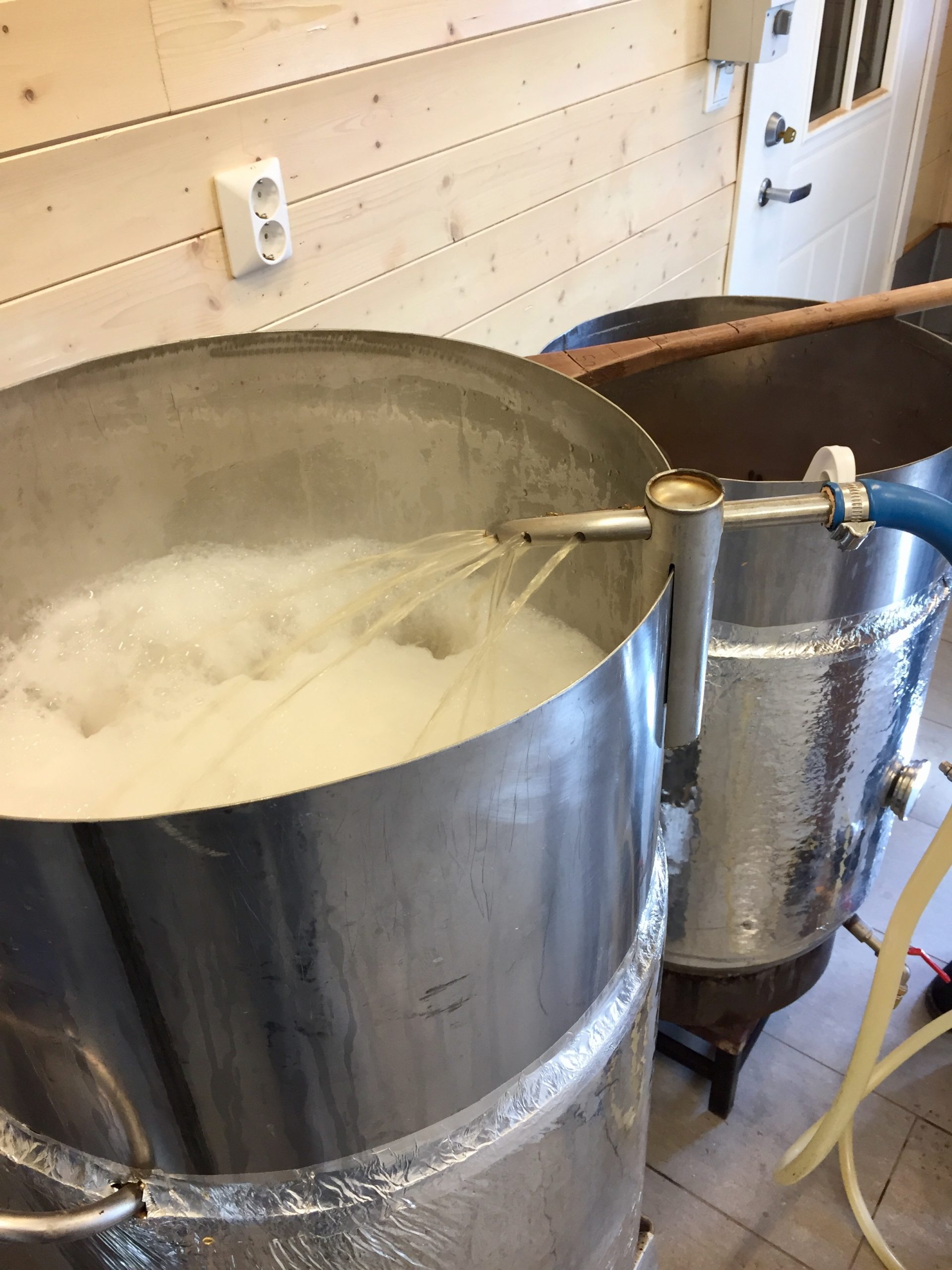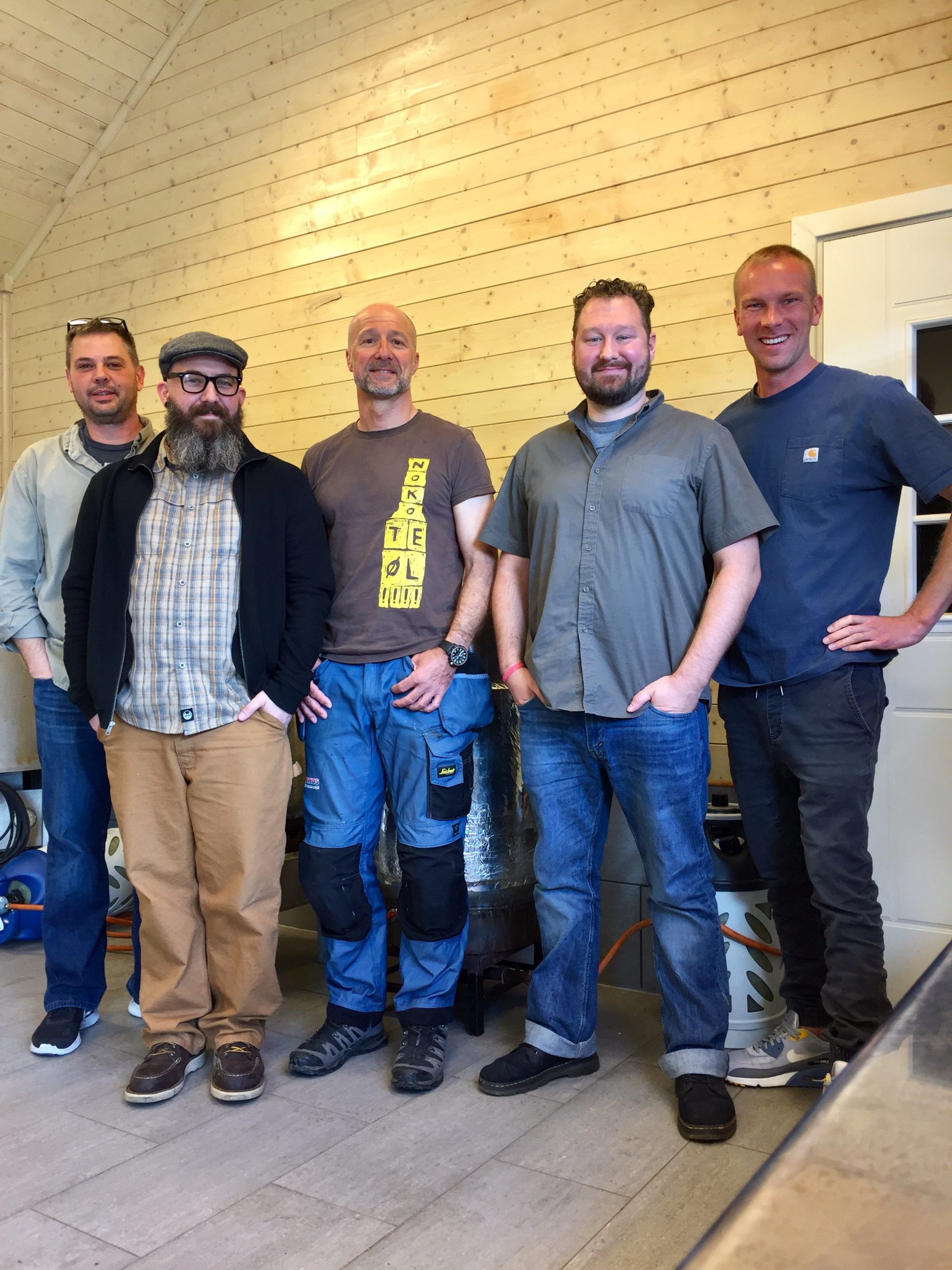Norwegian Farmhouse Brewing
History
Historically, every farmer in Voss would make their own beer. Every farmer had a dedicated brew house which resembles a Finnish savu sauna (smoke sauna). When the beer was ready on the fourth day the farmer and his neighbors would gather in the dark and smokey brew house to drink the uncarbonated, warm and yeasty beer. This gathering was typically a time for only the boys to gather.
Some farmers produced their own malt which would be dried in the sun during the summer or in a netted frame over an oven during the winter. Beer was brewed sever times a year for Christian holidays like Easter and Christmas.
Recipes were not exactly based on science but opinions were strong. For instance, twice the amount of hops were used in the summer time because of storage issues and potential spoilage. There however was no attention paid to the hops alpha acids in this calculation. Once thermometers became commonly used, each farmer had an almost religious belief in the temperatures used during the brewing process which would typically only vary by a degree or two between farmers.
Each farmer was obliged to brew his weight in beer which was a bit of a tax on heavier farmers.
Recipe
8% alcohol
Malt bill is 50/50 2-row pale ale and munich malt.
Hops added at 60 minutes and should provide moderate bitterness
Process
Strike water is heated with juniper branches which makes a juniper tea that is used during the brewing process. The juniper used for the mash water can be replaced with new branches in preparing the sparge water but we did not. It is important to not boil the juniper branches or the sap will dissolve in the water.
Mash temp of 70 C (158 F). 90 minutes. Sjur poured out several buckets of weak work towards the end of the sparge which were 5% sugar. The last bucket of mash water from the bottom of the kettle was included as it is typically the strongest. From our batch it was 14% sugar
Boiled for 3 to 4 hours. Direct fire from a wood fire or propane is used. The kettle is quite thin which results in significant caramelization and darkening.
Kveik is pitched at 40 C (104 F). Fermentation is completed after 4 days. Sjur harvests his kveik from both the bottom and top which is kept in separate flasks for storage. Both are pitched in the fresh wort. Sjur noted that it is important to under pitch as this produces a cleaner tasting beer as too much old yeast can contribute off flavors.
Sjur Rørlien, the brew master
Sjur is a legend in the Voss farmhouse brewing community. He learned how to brew at age six from his father and his father learned how to brew from his father and on and on. The Kveik Sjur uses has been in the family for hundreds of years and produces wonderful fruity and slightly spicy and citrucy flavors. There is also a slight honey flavor. The beer is sweet but not cloying and strong which is a result of the extended boil. I am incredibly grateful for Sjur’s hospitality and passion for continuing the rich tradition of farmhouse brewing in Norway.

